Using credit cards to make travel cheaper and more fun
Travelling comes with non-negotiable costs: flights, accommodation, foreign exchange fees, and insurance. Credit cards can give you these travel essentials for free or at a much lower cost. Nice!
Using rewards points for free flights, upgrades and hotels
You can earn points on credit cards for each dollar you spend or as a lump-sum bonus for signing up. Many rewards programs will let you use your points for flights, upgrades, hotels, holiday packages and more.
Frequent flyer programs like Qantas and Velocity will let you redeem points directly for flights and upgrades, while bank programs like ANZ Rewards may need to be converted to frequent flyer points first.
Quick things to know about travel credit cards:
- The more points you'll earn, the higher the annual fee is likely to be.
- You may have to spend a certain amount to earn the bonus points.
- Some cards may reduce the points per dollar after you've spent a certain amount in a month.
- Weigh up the annual fee, value of the points and any other costs to decide if you'll get value out of the card.
With the right card, you can also get something back on your spending in the form of rewards. Yep, you can earn rewards on this trip, which could help cover the cost of the next trip you take. Not only that, you can also benefit from added travel perks, such as the luxury of airport lounge access and the convenience of airport transfers, as well as essentials like travel insurance.
So, what do you need to know as you go about booking last-minute travel with your card? In this post, we’re going to look at each of the biggest travel rewards programs in Australia to find out what they have to offer, and how you can use them to your advantage. We’ll also get into how you can boost your points earn, while benefitting from all those lovely travel perks.
Who offers travel credit cards
There's no shortage of providers in Australia who offer travel credit cards. Depending on whether you want points or perks, take your pick from:
- Qantas Points earning credit cards
- Velocity Points earning credit cards
- Amex Credit Cards
- Altitude credit cards
- ANZ Rewards credit cards
- CommBank Awards credit cards
- NAB Rewards credit cards
- Citi Rewards credit cards
How to boost your points
- Tip #1: Buy everything on your card, but make sure you pay it back before you're charged interest.
- Tip #2: Add additional cardholders, whose points will be pooled with yours (some cards may charge a high yearly fee, though).
- Tip #3: Double dip by using your credit card alongside other free rewards programs like Flybuys and Everyday Rewards. Both programs earn points that can be converted to frequent flyer points.
How to earn and use Status Credits
Status Credits are a feature of frequent flyer programs like Velocity and Qantas. The more Status Credits you earn through flying or on your credit card, the more privileges you unlock.
For example, you might get priority check-in, lounge passes, bonus points or seat upgrades.
Some credit cards also include Status Credits as a bonus perk for signing up, or each year you have the card.
How to redeem your rewards points
Typically, you'll get the most value from your points when you use them for travel rather than toasters.
You can redeem your points on your rewards program's app or online portal. Once you log in, you'll often be able to choose to redeem points for:
- Frequent flyer miles with another program.
- Partner hotels or car rental agencies.
- Merchandise like electronics, retail, dining and services.
- Concierge services.
- Purchases you've previously made, almost like a cashback program.
How to use credit card points for flights?
Depending on what rewards program you've signed up for, you will be able to use your points in a number of ways. For Qantas and Virgin simply start booking your flight while logged into your account. You'll be able to toggle "Points plus pay" when selecting a flight.
For other programs you will probably need to transfer the points out to your chosen program and then book with that airline. One of the best things about this method is that you're not locked into the two major Australian Airlines. It may cost a few more points, but if you really want to fly with Singapore Airlines or Etihad, you'll have those options available
Transferring rewards points to airline miles
| Rewards Program | Airline Partner | Transfer Rate |
|---|---|---|
| Amex Membership Rewards (Ascent Premium*) | ||
| Qantas Frequent Flyer | 2 MR = 1 Qantas Point (Platinum & Centurion only) | |
| Virgin Australia Velocity | 2 MR = 1 Velocity Point | |
| Singapore Airlines KrisFlyer | 3 MR = 2 KrisFlyer Miles | |
| Cathay Pacific Asia Miles | 3 MR = 2 Asia Miles | |
| Emirates Skywards | 3 MR = 1 Skywards Mile | |
| Etihad Guest | 3 MR = 1 Etihad Mile | |
| Malaysia Airlines Enrich | 3 MR = 1 Enrich Mile | |
| Thai Airways Royal Orchid Plus | 3 MR = 1 ROP Mile | |
| Hawaiian Airlines HawaiianMiles | 3 MR = 2 Miles | |
| Citi Rewards | ||
| Singapore Airlines KrisFlyer | 2.5 Citi = 1 KrisFlyer Mile | |
| Etihad Guest | 2.5 Citi = 1 Etihad Mile | |
| Qatar Airways Privilege Club | 3 Citi = 1 Avios | |
| Turkish Airlines Miles&Smiles | 2.5 Citi = 1 Mile | |
| Westpac Altitude Rewards | ||
| Virgin Australia Velocity | 3 Altitude = 1 Velocity Point | |
| Singapore Airlines KrisFlyer | 3 Altitude = 1 KrisFlyer Mile | |
| Asia Miles | 3 Altitude = 1 Asia Mile | |
| Air New Zealand Airpoints | 180 Altitude = 1 Airpoint Dollar | |
| NAB Rewards | ||
| Velocity Frequent Flyer | 3 NAB = 1 Velocity Point | |
| Asia Miles | 3 NAB = 1 Asia Mile | |
| KrisFlyer | 3 NAB = 1 KrisFlyer Mile | |
| ANZ Rewards | ||
| Velocity Frequent Flyer | 2 ANZ = 1 Velocity Point | |
| KrisFlyer | 3 ANZ = 1 KrisFlyer Mile | |
| Asia Miles | 3 ANZ = 1 Asia Mile | |
Travel insurance included on Australian credit cards
You should always have travel insurance when you're away. Credit card travel insurance is underwritten by big-time insurance companies like Allianz, CoverMore or Zurich. That means you're getting similar cover to the kind you would if you bought standalone insurance, except it's free.
What's covered?
Travel insurance generally covers Australian trips, overseas trips or both. Every policy is different, so be sure to read the terms and conditions carefully before you travel.
- Overseas emergency medical assistance, such as hospital treatment, doctors, ambulance and emergency evacuation.
- Cancellation or curtailment of your trip, which may see reimbursement of prepaid, non-refundable travel costs if your trip is cut short by illness or death, for example.
- Lost or stolen baggage or personal effects, which may include delays in luggage arriving at airports.
- Coverage of accommodation and meal expenses if flights are delayed or cancelled.
- Personal liability cover if you accidentally cause damage or injury to someone else while travelling.
- Accidental death or injury cover (which may look like a lump sum).
- Domestic travel inconvenience cover if your interstate flight is delayed or cancelled in Australia.
What doesn’t credit card travel insurance cover?
Some high-risk activities and conditions aren’t covered by typical insurance cover (if it’s possible). For instance, some insurance may not cover pre-existing medical conditions or travel to certain countries.
High risk activities like skiing, snowboarding, scuba diving, mountain biking and mountaineering won’t be covered unless you add it at extra cost through a specific travel insurer. Cruises are sometimes included but often not (for instance, Bendigo Bank states cruises are covered, but it’s always best to contact the card issuer directly to check).
How do I know I'm eligible?
Usually your travel insurance automatically activates when you meet certain criteria. That might look like:
- Buying your return flight on the card
- Spending at least $500 on flights, accommodation or trip costs
- Being under the restricted age limit (most insurances cut off at 79 or 80 years old)
- Being an Australian citizen
That's just a snapshot, and you'll need to read the eligibility section in the card's T&Cs to make sure you're covered.
Other nice features to look for
Many rewards cards are aimed at travellers, so you might also get perks that make your trips cheaper. For example, you might get:
- Discounts on hotels, car hire or holiday packages
- Rental vehicle excess insurance
- Airport lounge access
- Waived currency conversion fees
- Bonus points for spending with certain travel partners
I'll explain each feature briefly to show you how it works.
Rental vehicle excess cover
Rental vehicle excess cover covers the excess you would pay for damage or theft of a domestic car hire. The amount covered by the credit card insurance typically has a maximum (for example, up to $5,000). It’s only offered by a few travel credit cards, including ANZ, NAB and Bendigo Bank. As always, read the PDS so you know what you’re covered for, as they have different inclusions and exclusions.
✈ Airport lounge access
Airport lounges can be super swanky or just a private space away from the chaos of the airport. You might find complimentary food and drink, free Wi-Fi, lounges, working spaces and conference rooms.
Usually, you'd pay an annual fee or per-visit fee to use a lounge, but some credit cards (like these ones) give you 2 free passes per year, or even unlimited access.
American Express cards and Qantas have their own brand of airport lounges, while other credit card providers have partnered with independent global lounges like Priority Pass or LoungeKey.
💸 Waived currency conversion fees
When you use your credit card to purchase something in another currency – whether buying online or in person when overseas – you'll will be charged a currency conversion fee. The fee could be charged as a percentage of the transaction amount or a standard fee.
Currency conversion fees usually range from 2-4%, which can really add up if you spend a lot while travelling. Say you spend $3,000 on a hotel, $1000 on car hire, $2,000 on dining out and entertainment, and $1,000 on everyday expenses, that’s a spend of $7,000 on your card. With a 4% currency conversion fee, that would be an extra $280 to pay off.
Instead, you may want to look for a card with no currency conversion fee.
💼 Concierge services
What on earth is a concierge service on a credit card? It's a bit like a personal assistant you can call 24/7. You can ask the concierge to arrange travel, book a table at a restaurant, recommend where to take the kids for a treat or reserve tickets at the theatre.
Emergency card replacement
Imagine being on the other side of the world when your wallet is stolen. You have no money and no access to funds. What do you do? Well, if you have the right credit card, a call to your card provider could offer emergency card replacement and even emergency cash while you wait. Just be aware that some cards charge a fee for this, so read up on the small print before you travel.
Using a 0% purchase offer instead of rewards pointsWhile rewards cards can be awesome, they’re not for everyone. So, what’s the alternative if you want to take a trip but don’t have the cash to pay for it right now? Choosing a card with a 0% purchase offer could provide a solution, allowing you to pay for your holiday now, and then pay it off over time while paying no interest. These offers can be huge money-savers – but you need to deal with them correctly if you want to avoid getting into trouble with debt. Here are some of our top tips for finding the right 0% purchase offer, and how to make the most of it once you’ve applied.
|
Before you go (literally)
Before you rush off to apply for a card and book your holiday, you need to weigh up if that card is worth its annual fee. These are the most important things to know about travel credit cards to make sure you're getting the best deal:
- Weigh up the cost of annual fees.
Cards with loads of features and points generally have higher annual fees. Will you earn enough points and use enough features to make the card worth it? - Avoid interest.
Interest kills value on any card, but especially on high interest rewards cards and premium cards. Always pay off your card balance before it attracts interest. - Stick to one rewards program.
You'll usually get more value if you concentrate on one rewards program instead of many. Look at programs that offer points transfer options if you need more variety. - Choose different cards for different tasks.
Rewards cards work best as rewards earners, and may not be flexible enough to cover all your bases. It may have high currency conversion rates or not include travel insurance. So, it's ok to consider more than one card to make your travel cheaper overall (just watch out for annual fees). - Don’t overspend. This is especially true if you have a number of cards on the go. Don’t be tempted to spend simply because you have available credit. Keep track of spending using your card’s app, and set a manageable budget.
Still reading? Here's my tips!As you can see, each program offers something different. So, if you want to choose the right program for both your spending style and your travel aspirations, you will need to dig a little deeper into each of the programs – and their affiliated credit cards – to really get the most out of what’s on offer. Here are some important things to look out for as you compare options:
|


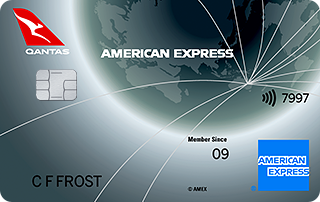





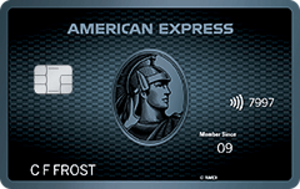
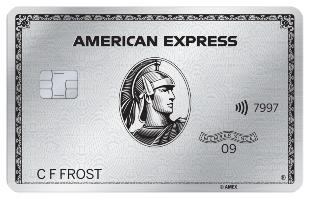
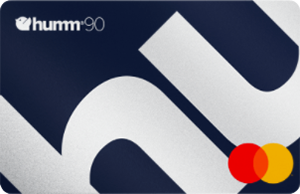
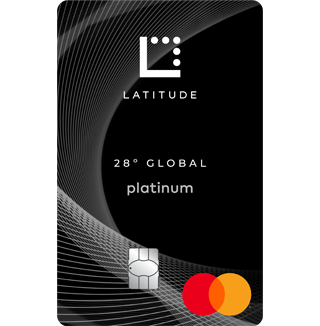
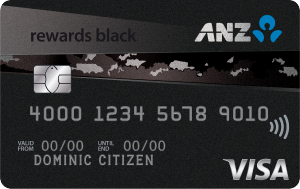
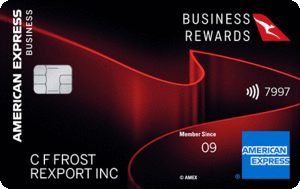
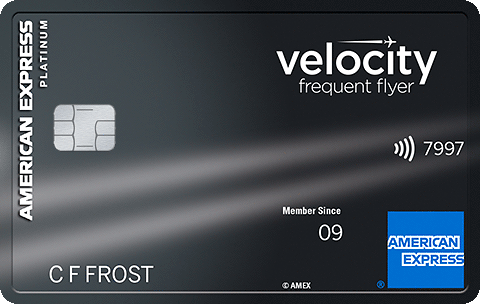
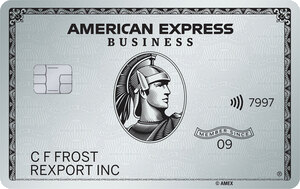
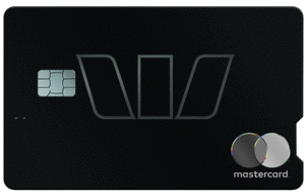
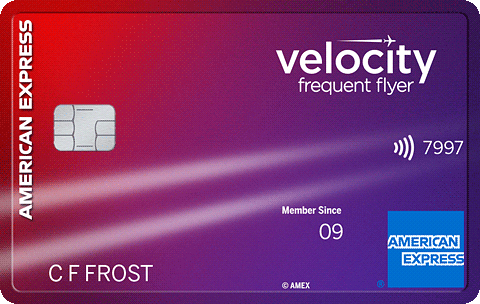
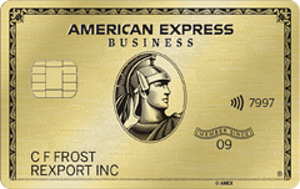
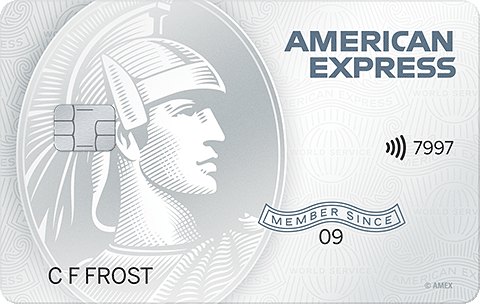
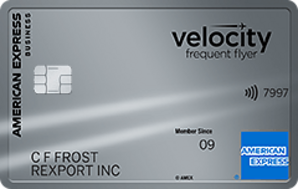
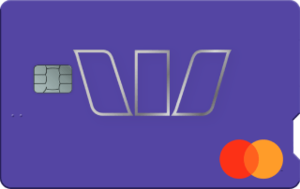
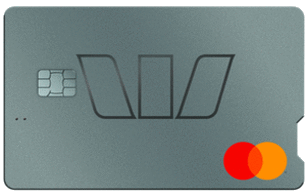
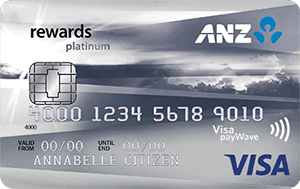








Marie
18 June 2022Pauline
20 June 2022